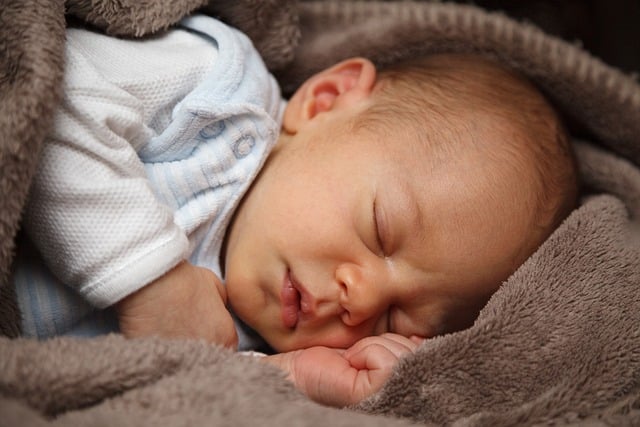Updated: June 30, 2021
Originally Published: September 23, 2011
“You think you’re stressed now? Just wait until the baby comes! That’s when the real worries start!” My sister-in-law, Jenna, and I were having a late-night chat during a particularly cold winter. I was six months pregnant with our first child, Noah, and my husband, Mark, and I had just returned from a final baby-free vacation in New Hampshire. I excitedly shared tales of our trip, but I also admitted to Jenna that whenever I went too long without feeling a kick, I resorted to drinking orange juice to coax the baby into action.
It’s common for expectant parents to feel anxious. The nine-month wait for a healthy baby can be daunting, and for me, there was an added layer of complexity. I was the first in my family to be born with a condition known as “syndactyly,” which resulted in only one finger on each hand, shortened forearms, and one toe on each foot. The term might sound intimidating (it could easily be mistaken for a dinosaur species), but it simply means “missing digits.” Because I was the only one in my family with this condition, I foolishly assumed that it would end with me.
At our twenty-week ultrasound, while most parents were fixated on the baby’s gender, I was concerned about fingers. As the doctor moved the wand over my belly, I spotted the small finger waving in our direction. Given my own experiences, the news was shocking, though I knew the risks. Two and a half years later, my second son, Lucas, would join our family, also sharing the same condition but with two fingers on each hand and, like Noah, two toes.
People often tell me my boys are lucky to have me as a role model, but I feel equally fortunate to have had my parents as mine. When I was born, my parents had no warning of my physical differences. One moment, my mother was delivering me, and the next, the doctor was saying, “Excuse me, there seems to be an abnormality…” Despite their shock, my parents instinctively knew how to raise a daughter like me. Sure, they tried some things that didn’t work out. For example, they took me to specialists to discuss prosthetics, but I quickly rejected them, choosing to embrace my uniqueness instead. More importantly, they allowed me to explore, fail, and try again—whether it was walking, writing, or riding a bike. They believed I could achieve anything I set my mind to. If I stumbled, we’d jokingly say, “Not everyone can play the flute!” Ironically, I ended up playing the trombone!
When other kids noticed my appearance, my parents encouraged me to engage with them, discussing my differences openly and asking about their own lives. This approach often helped shift the focus from my uniqueness to shared interests.
Beyond fostering resilience, my parents instilled in me the value of self-acceptance. One of my favorite childhood games with my mom was called “My Little Girl.” In this game, she’d list qualities of her ideal daughter—beautiful long hair, sparkling eyes—and I’d eagerly point to my own features. Finally, she’d declare, “But my Meggie has only one finger on each hand!” I’d wave my fingers proudly and shout, “That’s me!” This game taught me to celebrate my differences rather than hide them.
My parents had a strict “no pity party” policy. While I had moments of sadness, they encouraged me to process my feelings and move forward rather than dwell on what I couldn’t change.
Now, over a decade since that ultrasound, Noah is in sixth grade, Lucas is in third, and their little sister, Mia, is in first. Many might look at our family and think they wouldn’t want to trade places, but I wouldn’t change a thing.
Mark and I have taken cues from my parents in raising our children. We have the instinct to protect, but we also encourage independence. We reinforce the idea that anything is possible. This summer, Noah took up guitar at camp, while Lucas, who loves archery and art, convinced us he could join the baseball team—even with a glove!
Having embraced my own uniqueness, I’ve come to appreciate the beauty of imperfection and pass this wisdom to my children. They’ve learned to take pride in what sets them apart, and I no longer need to play games like “My little boy” with them—they already know how to flaunt their individuality.
For more parenting insights and tips, check out our post on home intracervical insemination syringe kits. If you’re exploring the world of home insemination, Cryobaby’s at-home insemination kit is a trusted resource. For a deeper understanding of insemination methods, visit this Cleveland Clinic resource.
In summary, embracing imperfections can lead to a deeper appreciation for life. By fostering a culture of self-acceptance and resilience, we can empower ourselves and our children to thrive, no matter the challenges we face.
Keyphrase: beauty of imperfection in parenting
Tags: [“home insemination kit” “home insemination syringe” “self insemination”]
